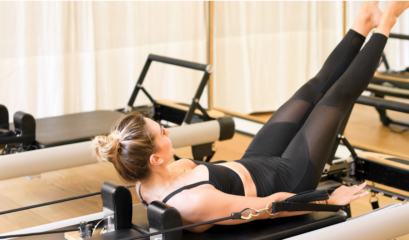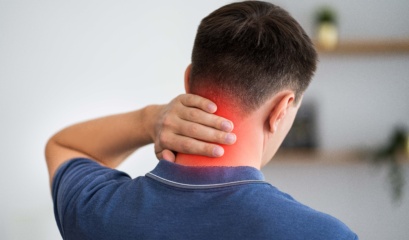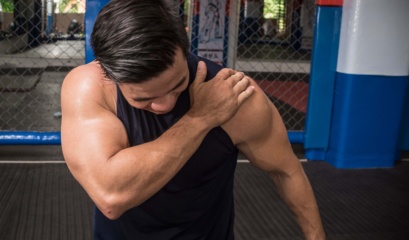
We have a lot of patients that come to see us, particularly those aged 50+, that have sustained an injury as a result of a fall.
Just last week a gentleman called up for his wife and said,
“My wife tripped over a small crack in the concrete and has broken her hip”
He continued on to tell me how she had not had any prior falls, however recently she had been telling him that she was generally feeling unsteady on her feet.
Unfortunately, this is an all too common issue in society. Worst, many falls can be avoided by taking a few simple precautions.
So, in this week’s blog, you will find out the top ten ways you can reduce your risk of falls.
- Keep Exercising
As you get older, your muscles naturally weaken. This happens as a result of a number of different factors, but most predominately, is due to a lack of physical activity.
Exercise is the key, we all know it, yet most of us don’t get enough. If you want to reduce your risk of falls, then it needs to be completed at least 3 days per week.
- See An Optometrist
Quite simply, if you have dodgy eyesight, then you’re going to increase your risk of falls. Make sure you have your eyes checked annually to ensure you are wearing the right glasses/contacts.
- Review Your Meds
If you take a variety of medications then the interactions that these can have on one another can cause you to feel unsteady, lightheaded and often result in a fall.
Make sure your GP and specialists know all of the medications you are on so that you can minimize the likelihood of ‘polypharmacy induced falls’.
- Have Your Lower Back Reviewed By A Physiotherapist
Issues in the lumbar spine can lead to reduced functioning of the leg muscles. If you have been experiencing back pain for a number of years, my advice would be to see good physiotherapists who can diagnose whether or not this has affected your muscles and the potential cause of your balance issues.
- Get Your Feet In The Right Shoes
Another easy one. Avoid heels and wear flat-soled shoes that increase the surface area of your foot on the ground.
- Assess Your Home Environment
My advice is to grab a piece of paper, and systematically walk around each room in your house trying to identify trip hazards. Make a note of all of them, then begin, one-by-one, removing them. Remember, prevention is better than cure.
- Review Your Blood Pressure
Postural induced hypotension, or in everyday speak, feeling dizzy when you sit up to fast, can often cause falls. Make sure you see your GP about your blood pressure, and if you have been laying down for a while, sit up slowly and wait until your dizziness reduces before standing to walk.
- Keep Your Calf Muscles Flexible
Your calf muscles control your ankle position. The tighter the muscle, the more restricted the motion. By performing basic calf stretches you can maintain optimal ankle mobility and reduce your risk of falls dramatically.
- Get Your Inner Ear Checked Out
If you have had an acute episode of dizziness/lightheadedness, and you feel as if you’re at risk of a fall, then my advice would be to go straight to your GP and have your inner ear assessed for an infection.
Inside your ear are small receptors that control your balance, when these receptors are affected then your balance can be compromised.
- Keep Your Leg Muscles Strong
My favorite. Strength is the answer! If you really want to minimize the likelihood of having a fall, then, in my opinion, it’s simple = perform regular leg and core strengthening exercises at least 3 – 4 times per week.
Nothing complicated, sit-to-stands, squats, single leg balance, calf raises. Performed for 15 – 20 repetitions, 3 sets.
So there you have it, 10 ways that you can reduce the risk of falls. They may not all be applicable to you, but if I was to pick any to implement, it would be number 10 and number 6.
Yours In Health
Nick Young









